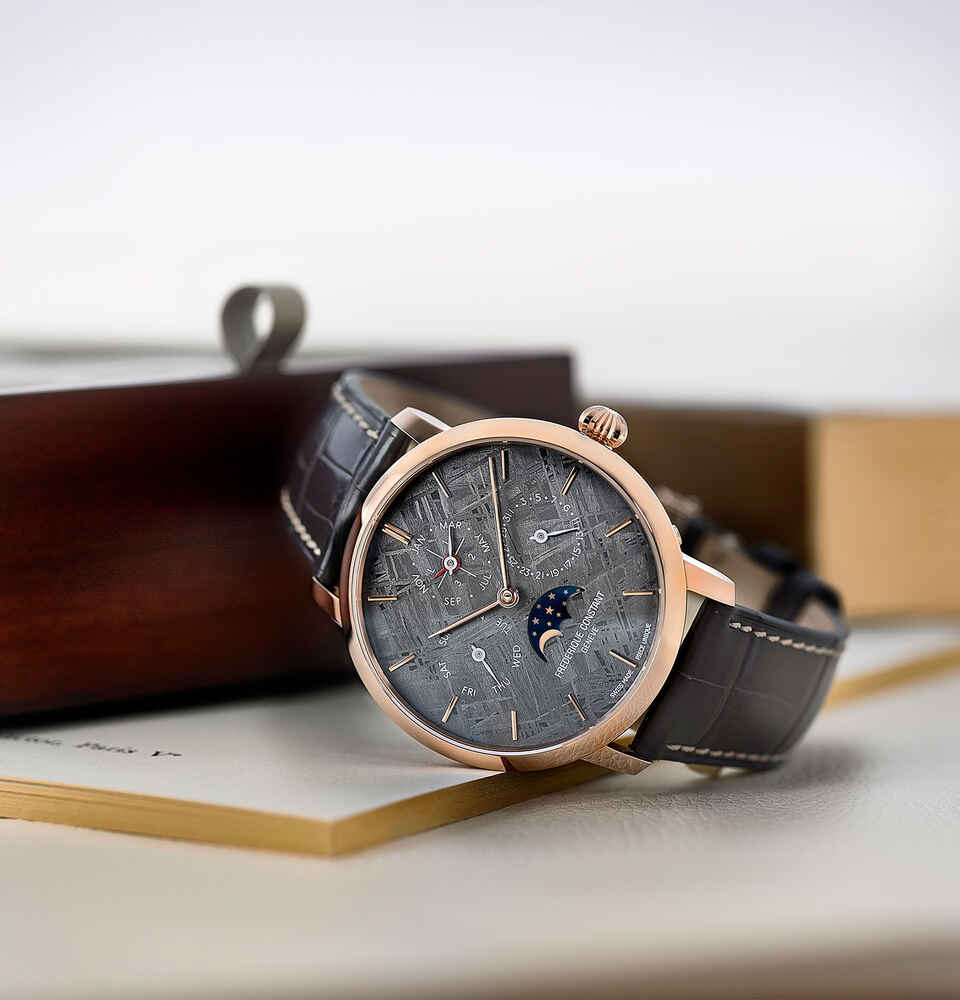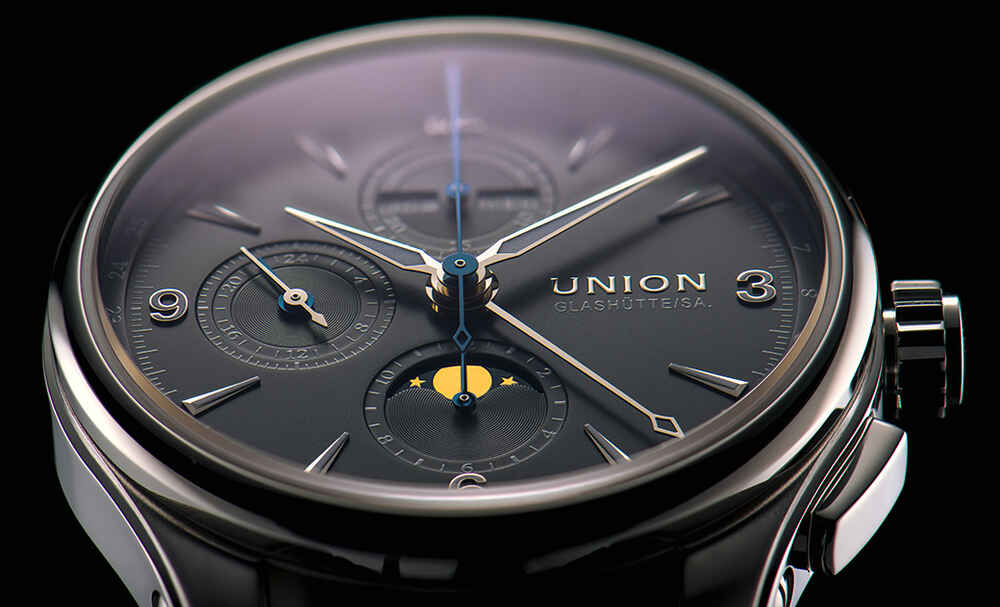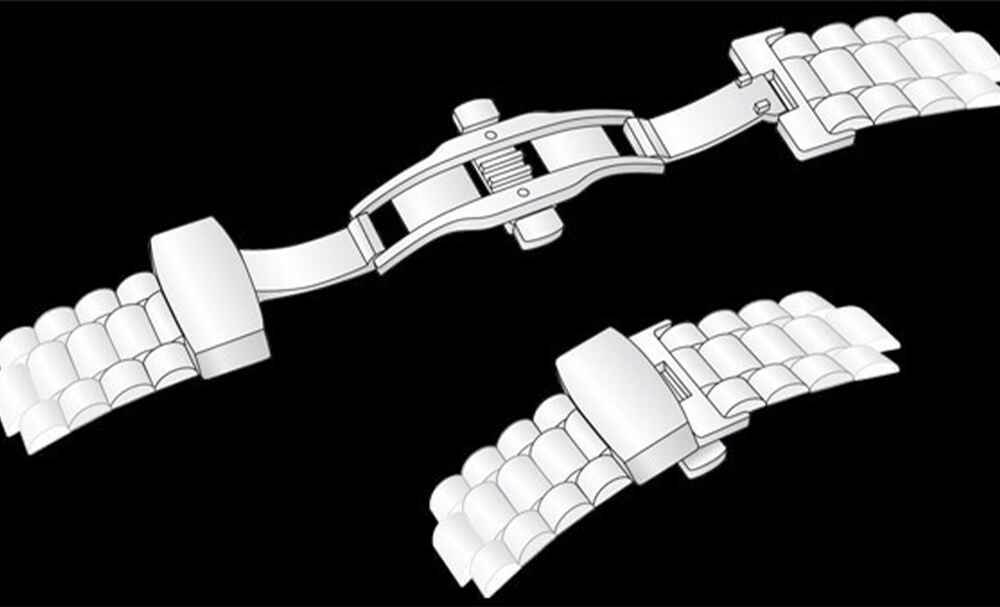The unique feature of the "perpetual calendar"
Perhaps you've wondered why our months are actually different lengths - isn't it strange that some have 30 days and others have 31? And then, of course, there's February, which is completely out of line and sometimes has 28 and sometimes 29 days.
This is because our calendar is oriented to the solar year. Until the year 1582, the Julian calendar was in effect, but it ran slower than the course of the sun, so that eventually 10 days of the week had to be skipped.
This situation highlighted the need for reform, which was eventually enforced by the Catholic Church: The Gregorian calendar was introduced. This is the one we still use today, and although it still does not coincide 100% with the solar year, it is much more accurate. The deviations make leap years necessary to stay as close as possible to the course of the sun.
Since a year has 365 days, an average month length of approx. 30.5 days results with 12 months, so that evenly some months must be 31 and others 30 days long, in order to correspond to the cycle of the earth around the sun. The fact that February has only 28 days, by the way, is due to the fact that this month was the last month of the year with the Romans and all remaining days of a year fell in.
Time passes in a regular rhythm, ticking away second by second. That is why the clockwork is also geared to regularities and follows the beat of time. The irregularities in our calendar therefore represent a challenge for the clockwork. For a perpetual calendar must not only be capable of taking into account the month lengths of 28, 30 and 31 days - every 4 years, it must also be able to indicate February with 29 days.
In 1925, this feat was accomplished for the first time, and even today, watches with a perpetual calendar are considered the pinnacle of the watchmaker's art. To assemble these timepieces requires the utmost concentration and finesse. No wonder that only the most talented watchmakers can create these watches.
A distinction is also made between perpetual calendar clocks and annual calendar clocks. With the latter, February 29 must be set manually, so a correction is necessary in every leap year. By the way, data displays come in many variations: Some clocks only show the calendar and weekday, others also show the month.
Our tip for you: Since a perpetual calendar is an extremely complicated technical complication, there are a few things to keep in mind when setting the watch: Never adjust the date between 11:00 p.m. and 1:00 a.m. Because of the complicated processes inside the watch, the movement often starts changing the date around 11:00 p.m. Ideally, set the date when the hands are at the 6 o'clock position. Also, never set the date backwards, as this can destroy the mechanism. So, if you are going to be abroad for a business trip or spending your vacation in another time zone, you should follow these tips.









